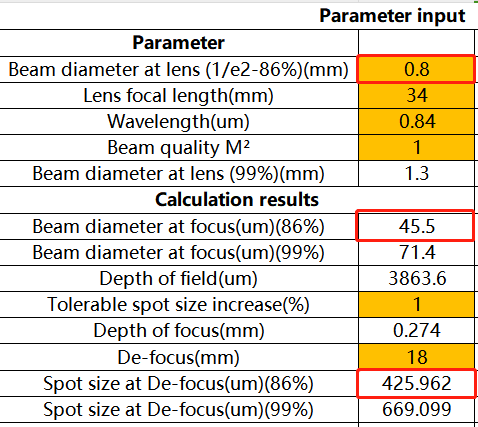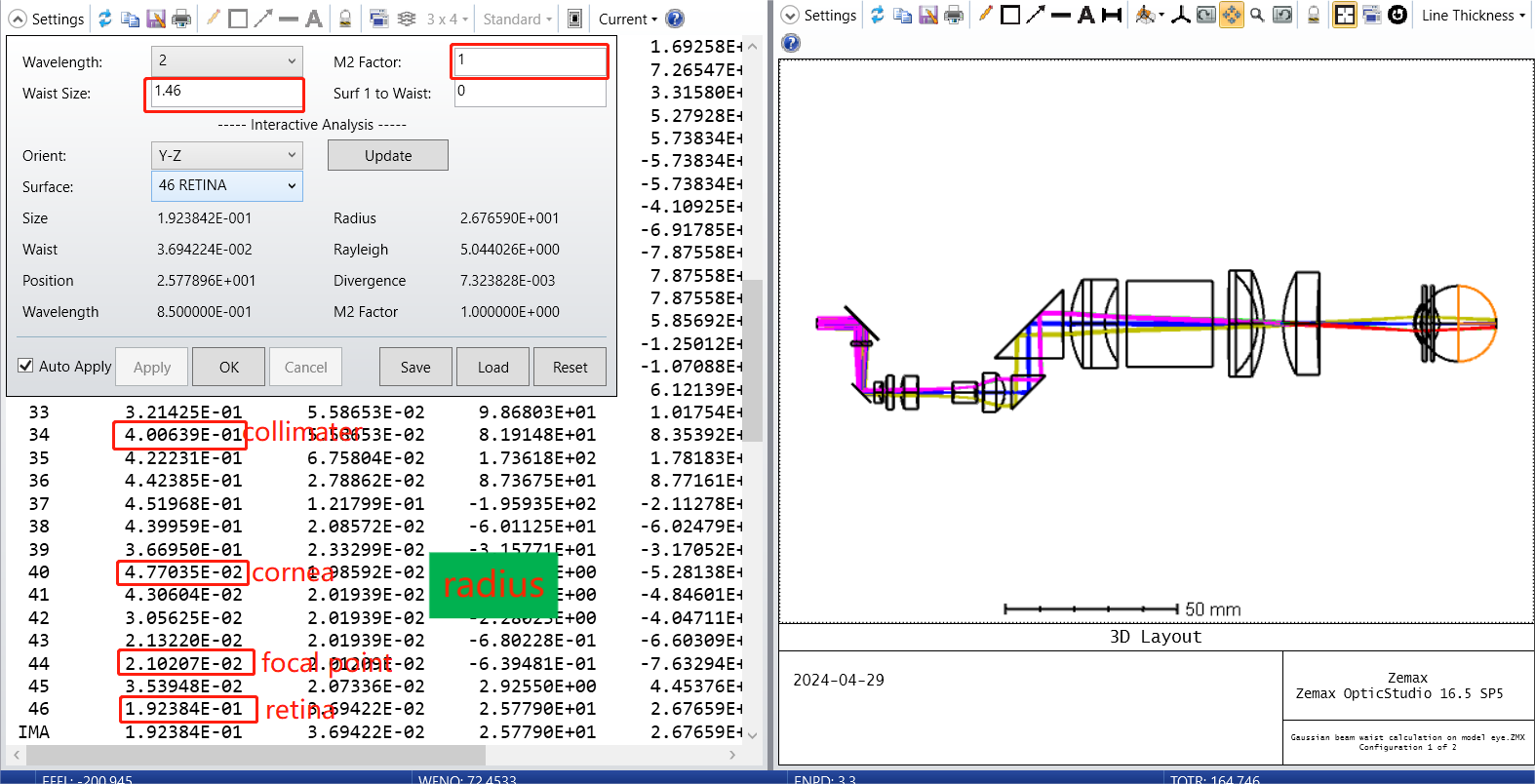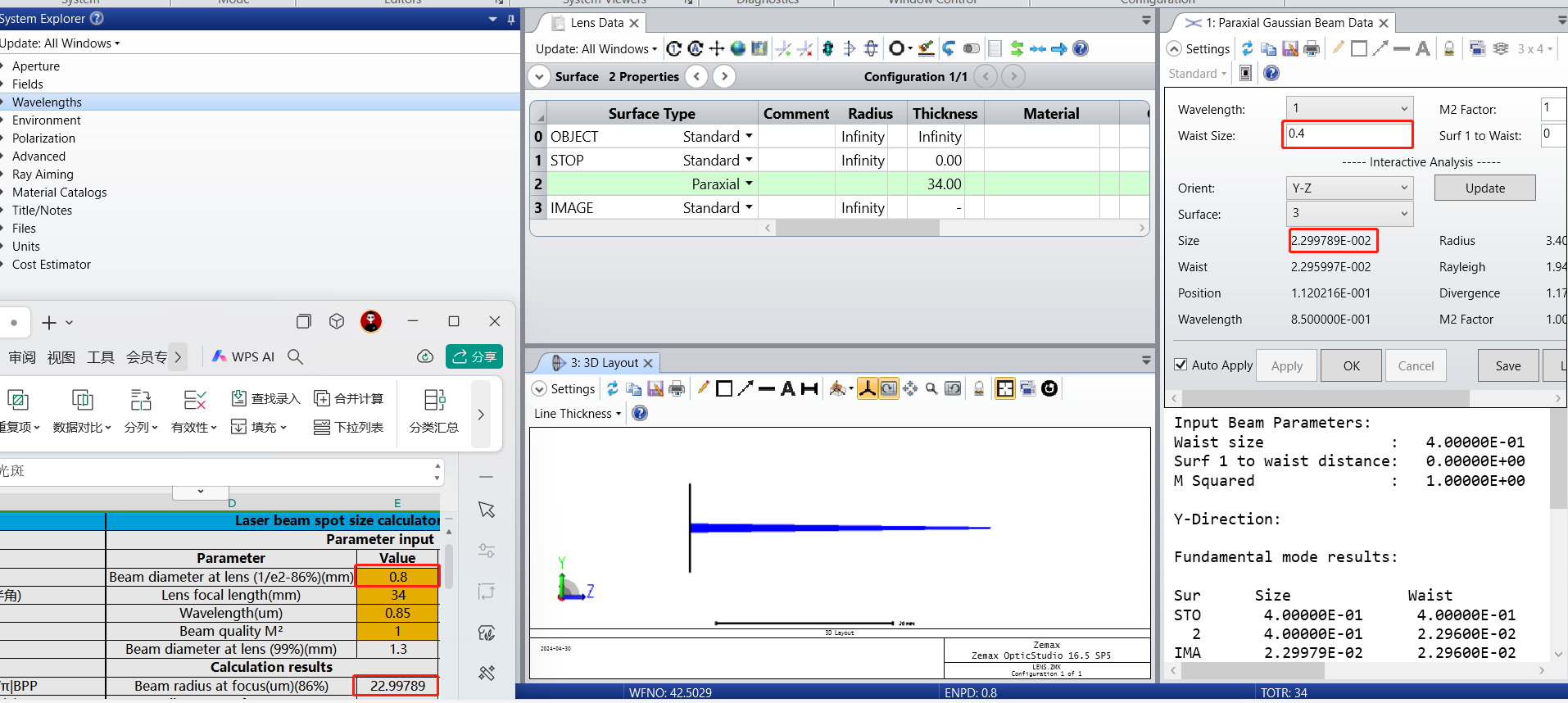Hi All,
I am currently working on simulating the Gaussian spot size at various locations within the eye model, such as the cornea, lens, and retina. I have attempted this using both paraxial Gaussian beam analysis and Physical Optics Propagation (POP); however, the calculated values do not align with my theoretical expectations. According to theory, I expect the spot size to be approximately 44 microns at the lens, around 90 microns at the cornea, and roughly 280 microns at the retina. My source has 840nm wavelength. I attached my Zemax file for your reference . Could you please assist me in accurately simulating the Gaussian beam in Zemax to achieve the desired values?
Thank you in advance.
Regards,
Thanigachalam P




